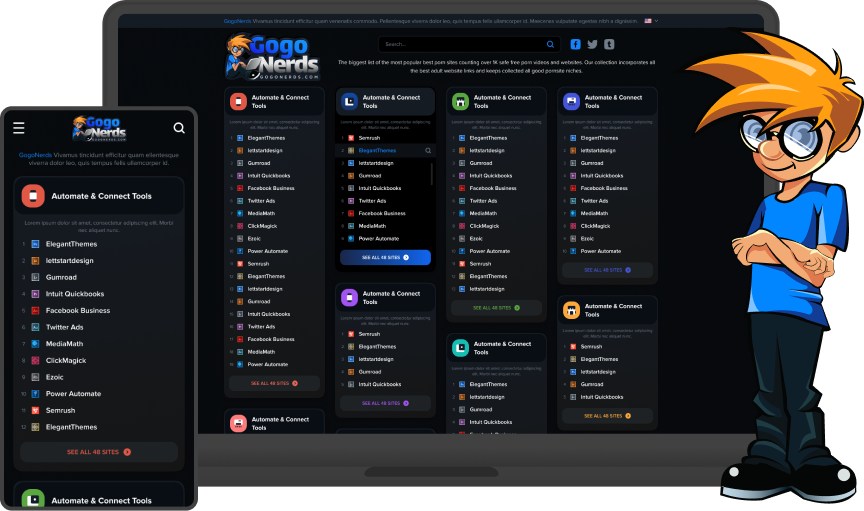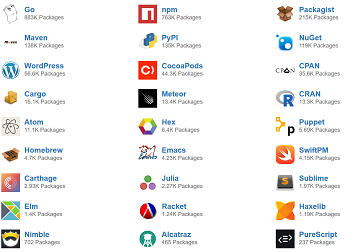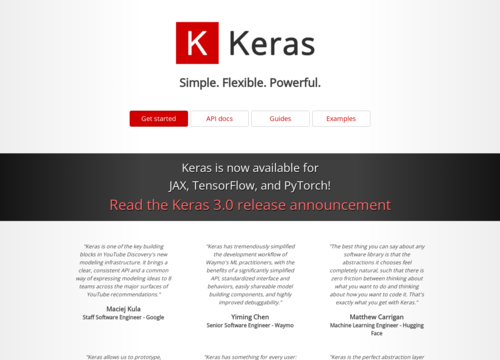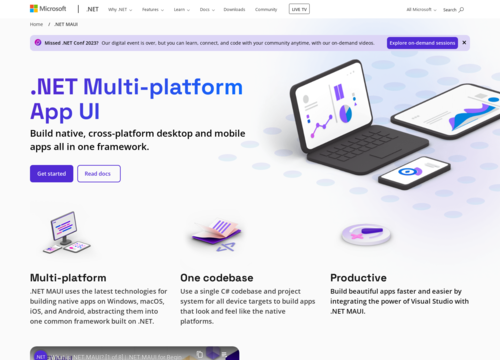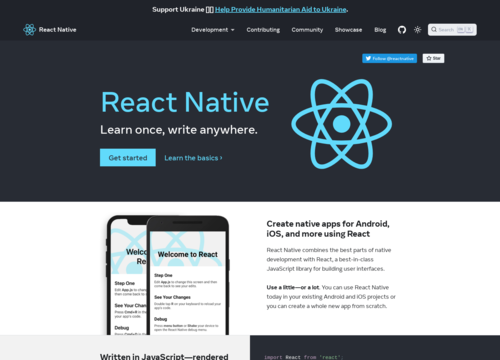Spring
https://spring.io/Spring
The Spring Framework is an open-source application framework and inversion of control container for the Java platform. It was first released by Rod Johnson in October 2002 and has since become one of the most popular frameworks for Java development.
Core Concepts
At its heart, Spring is built around the principle of dependency injection (DI) and aspect-oriented programming (AOP). Dependency injection allows for loose coupling between components, making it easier to manage and test them. Aspect-oriented programming helps in separating cross-cutting concerns (like logging, security, etc.) from the business logic.
Modules
Spring is modular, consisting of several modules such as Spring Core, Spring AOP, Spring Data Access/Integration, Spring Web, Spring MVC, and Spring Security, among others. Each of these modules serves a specific purpose and can be used independently or together based on the requirements of the application.
Spring Boot
An important part of the Spring ecosystem, Spring Boot, simplifies the process of setting up and creating Spring applications. It offers a way to create stand-alone, production-grade Spring-based applications with minimal configuration.
Data Access
Spring provides extensive support for interacting with databases through JDBC, Hibernate, JPA, and other data access technologies. It simplifies the data handling process and reduces the amount of boilerplate code needed.
Transaction Management
Spring offers a consistent transaction management interface that can scale down to a local transaction (using a single database, for example) and scale up to global transactions (using JTA, for instance).
Spring MVC
This module provides a robust web framework, allowing for the creation of well-structured, easily testable web applications. Spring MVC follows the Model-View-Controller design pattern and integrates seamlessly with other Spring modules.
Security
Spring Security is a powerful and customizable authentication and access-control framework. It provides protection against attacks like session fixation, clickjacking, cross-site request forgery, etc.
Microservices
Spring Boot, along with Spring Cloud, provides tools for building microservice architectures, enabling the development of scalable and flexible cloud-native applications.
Testing
Spring provides a testing framework that supports writing unit tests and integration tests.
Community and Ecosystem
Spring benefits from a large and active community, which contributes to a vast ecosystem of third-party extensions, libraries, and tools. This community support ensures that Spring continues to evolve and stay relevant in the Java ecosystem.
Flexibility and Integration
One of Spring's greatest strengths is its flexibility. It can be used in various environments, from simple standalone applications to complex enterprise systems. Spring integrates well with other Java frameworks and libraries, making it a versatile choice for developers. This integration capability extends to various platforms like cloud services, databases, and messaging systems.
Configuration Management
Spring supports both XML and annotation-based configuration, allowing developers to choose the most suitable way to set up their applications. In recent years, annotation-based configuration has become more popular due to its simplicity and ease of use. Additionally, with Spring Boot, much of the configuration is auto-configured, reducing the need for explicit configuration.
Bean Management
At the core of Spring is the concept of beans, which are objects managed by the Spring container. The Spring container is responsible for the lifecycle and configuration of these beans. This management includes creating bean instances, wiring them together, configuring them, and managing their complete lifecycle.
Environment Abstraction
Spring provides a consistent way to manage application properties across different environments. This feature is particularly useful in managing applications across development, testing, and production environments with different configurations.
Event Handling
Spring's event handling mechanism allows beans to communicate with each other through the publication of events and the listening of those events. This provides a lightweight way to implement application-wide notifications and updates.
Aspect-Oriented Programming (AOP) Support
Beyond DI, Spring's support for AOP allows developers to implement cross-cutting concerns separately from the business logic. This separation enhances modularity, making the application easier to maintain and scale.
Restful Web Services
With Spring MVC, creating RESTful web services is straightforward. This enables the development of services that can be consumed by various clients including web applications, mobile apps, and other microservices.
Reactive Programming
Spring Framework 5 introduced a Reactive Programming model, adapting to the needs of building applications with asynchronous and non-blocking features. This is particularly useful for applications that require scalable, high-performance backends.
Extensive Documentation and Resources
Spring is well-documented, with extensive guides and resources available for beginners and advanced users alike. The vast array of resources, including official documentation, tutorials, and community forums, helps developers to quickly get up to speed and resolve issues.
Spring Framework is not just a tool for Java development; it's a comprehensive ecosystem that provides a robust foundation for building a wide range of applications, from simple web apps to complex, high-performance enterprise systems. Its continuous evolution, driven by community feedback and changing technology landscapes, ensures that it remains relevant and valuable in the rapidly evolving world of software development.

More Categories
Back To Home